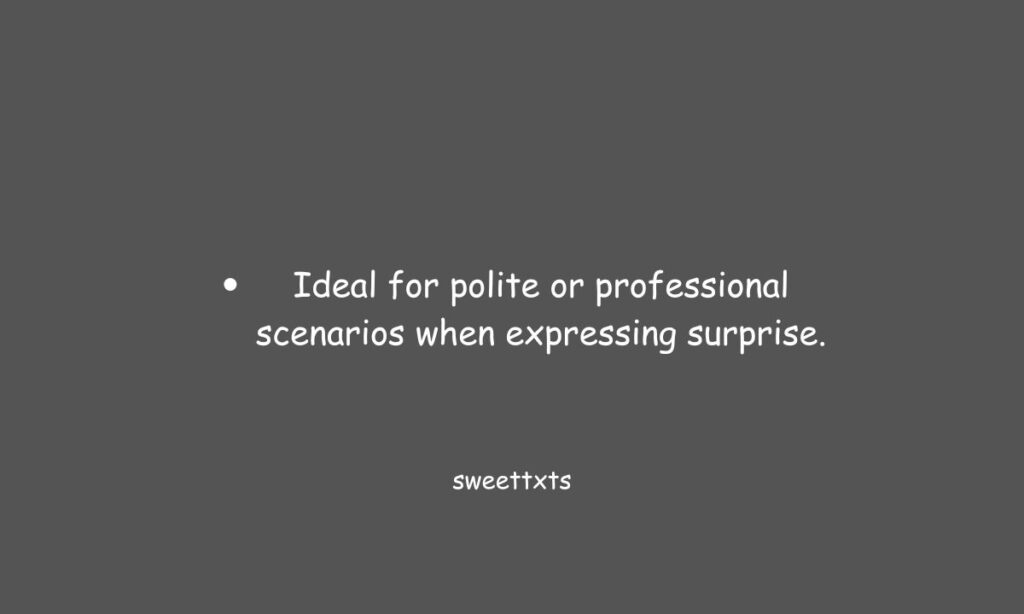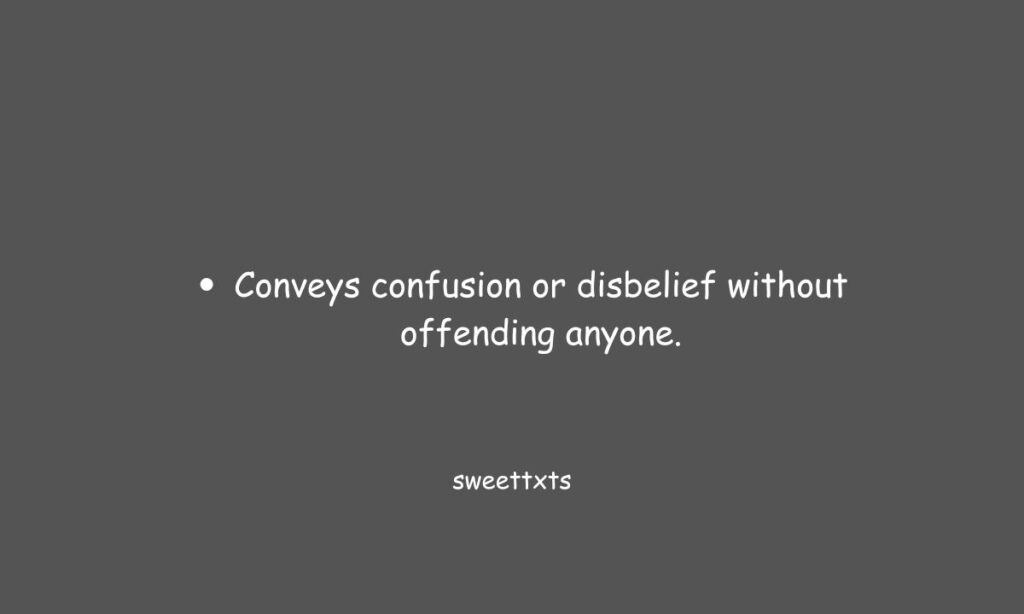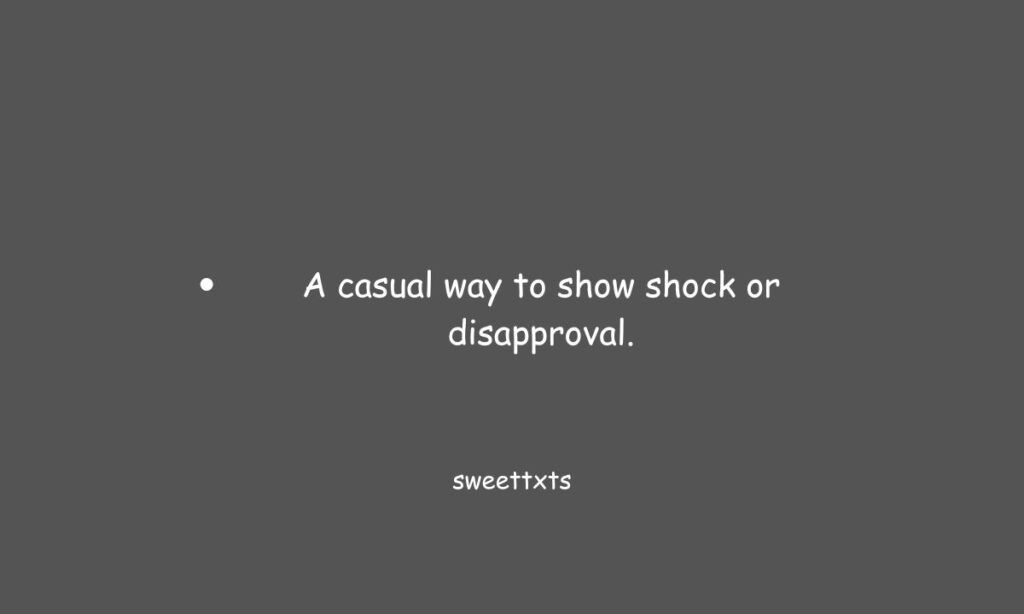The word bomboclat has gained attention on social media, yet its meaning often sparks confusion due to its slang nature and Jamaican roots. It carries various connotations, some of which are highly expressive or even offensive, depending on context.
Originally from Jamaican Patois, bomboclat can function as a curse word, an exclamation, or a form of emotional outburst. It’s commonly used to express shock, anger, disbelief, or excitement, often without a clear grammatical structure.
With its spread online, especially on platforms like Twitter and TikTok, users have adapted bomboclat to fit meme culture. However, understanding its cultural significance is essential before using it casually in conversation or content.
Bomboclat Meaning: Origins and Cultural Roots
The word bomboclat (sometimes spelled bumbaclot or bumboclaat) is a vulgar term from Jamaican Patois. In its rawest form, it’s a compound of “bombo” (a reference to the posterior or the act of defecation) and “claat” (a cloth, like a sanitary napkin or toilet paper). This background explains why the word is considered extremely offensive in Jamaica.
Used primarily as an expletive, bomboclat can serve multiple functions in speech. It might punctuate a sentence like “What the bomboclat is this?” or stand alone as an emotional response to a situation. It has parallels with strong curse words in other languages, carrying emotional intensity.
Despite its harsh roots, global users have adopted bomboclat as an online meme expression. Outside its original cultural context, many use it without grasping its offensive origins, which can lead to miscommunication or accidental disrespect.
Hiatus Meaning and Connection to “Bomboclat”

The term hiatus means a pause or a break in continuity. In the context of slang evolution, hiatus can describe how certain expressions, like bomboclat, resurface after a period of dormancy in culture or language trends.
When bomboclat began trending again on platforms like Twitter, it marked the end of a hiatus in its mainstream usage. In this sense, slang terms may enter a “hiatus” when they fall out of favor, only to return with renewed meaning or usage.
Understanding hiatus in relation to bomboclat highlights how language shifts over time. Words can lie dormant for years before gaining viral popularity again due to cultural shifts, internet memes, or cross-cultural usage.
Bomboclat Meaning in Text
When used in written text or messages, bomboclat usually signals emotional intensity. For example, it can introduce a shocking image or video, implying: “Look at this outrageous thing!” In memes, it often appears above or below a picture with no explanation—letting the image “speak” for itself while bomboclat cues the viewer to react.
Here’s how it might look in online usage:
- Bomboclat! [Image of a surprising moment]
- Bomboclat, I can’t believe this happened.
- Who told grandma to post this? Bomboclat.
In writing, the tone is often humorous, sarcastic, or dramatic. Still, because of its offensive origins, using it in professional or polite contexts is discouraged. Text users should be cautious with bomboclat, especially when messaging individuals unfamiliar with its background.
Polite, Professional, and Casual Alternatives to “Bomboclat”

Because bomboclat is considered offensive in its original context, it’s wise to substitute it with alternatives that suit your communication setting. Below are 15 expressive, appropriate replacements based on tone and environment:
1. “Oh my goodness!”
Tone: Polite
Use: “Oh my goodness! That’s unbelievable!”
Ideal for polite or professional scenarios when expressing surprise.
2. “What in the world?”
Tone: Casual
Use: “What in the world is going on here?”
Conveys confusion or disbelief without offending anyone.
3. “Are you serious right now?”
Tone: Informal
Use: “Are you serious right now? That really happened?”
A casual way to show shock or disapproval.
4. “No way!”
Tone: Casual to Polite
Use: “No way! That’s insane!”
Shows surprise, often used in friendly conversations.
5. “What on earth?”
Tone: Neutral
Use: “What on earth are they doing?”
Adds emphasis in a slightly bewildered tone.
6. “You’ve got to be kidding me.”
Tone: Frustrated, casual
Use: “You’ve got to be kidding me. That’s real?”
Great for highlighting disbelief or shock.
7. “Whoa!”
Tone: Neutral
Use: “Whoa! That’s wild.”
Brief and expressive—good for casual exchanges.
8. “Unbelievable.”
Tone: Neutral to Formal
Use: “Unbelievable. I never thought I’d see this.”
Works well in professional and polite conversations.
9. “I can’t believe this.”
Tone: Neutral
Use: “I can’t believe this just happened.”
Straightforward and non-offensive.
10. “What is happening?”
Tone: Curious
Use: “What is happening right now?”
Useful for unexpected or absurd events.
11. “This is insane.”
Tone: Informal
Use: “This is insane. Why would they do that?”
Casual, for friends or informal text.
12. “No freaking way!”
Tone: Strong Casual
Use: “No freaking way! I need to see that again.”
Emotional but not vulgar.
13. “Seriously?”
Tone: Curious, casual
Use: “Seriously? That’s real?”
Often used in disbelief.
14. “This is wild.”
Tone: Trendy
Use: “This is wild. Can’t stop watching.”
Popular in social media conversation.
15. “I’m speechless.”
Tone: Formal or Emotional
Use: “I’m speechless. That’s just unreal.”
Classy and works in most settings.
Tone, Nuance, and Usage Tips

When choosing a phrase, always consider your audience and the emotional tone of the situation. What feels casual among friends may appear rude or inappropriate in a professional setting. For instance, “No way!” works with coworkers in a lighthearted chat but might sound dismissive in serious moments.
It’s also important to recognize cultural backgrounds. Words or phrases like bomboclat, when used without cultural context, can unintentionally offend. Stick to expressions that match the tone of your message and respect your audience’s understanding.
Some expressions, such as “Whoa!” or “Seriously?”, are versatile. They fit nearly every tone from excitement to shock. Meanwhile, options like “This is wild” are more modern and internet-friendly, great for memes or viral posts.
Final Thoughts
The term bomboclat is a layered and culturally rich word that has evolved from Jamaican Patois into a viral online expression. Its emotional force and versatility in digital culture have led to widespread—but often misunderstood—usage.
However, due to its vulgar background and potential to offend, it’s advisable to explore safer, more inclusive alternatives, especially in formal, educational, or professional communication. Language evolves, but respect for origin and context should always guide usage.

Daily blessings and uplifting messages by Drupmo for every morning, evening, and day of the week—bringing peace, hope, and inspiration to your soul.